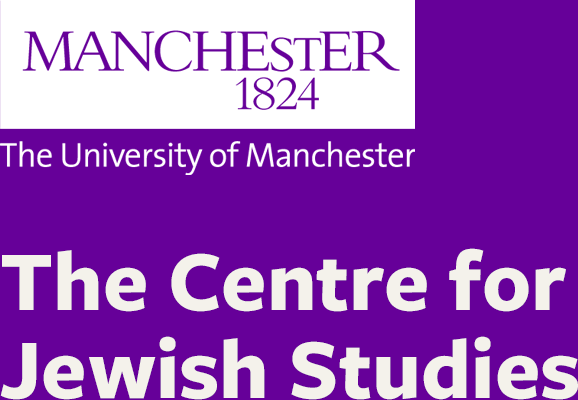Melilah
2005 Volume 2
Editors: Bernard Jackson and Ephraim Nissan. (No Gorgias Press edition).
CONTENTS
1. Rabbi Dr. Yehudah Abel, The Plight of the 'Agunah and Conditional Marriage
The debate over conditional marriage as a possible solution to the problem of ‘iggun receives relatively little attention from contemporary halakhic authorities. The issue is assumed to have been “put to sleep” by the opposition to the French and Turkish proposals of the early 20th century, as voiced in the responsa collected in ’Eyn Tenai Be-Nissu’in (1930) and despite the response to those arguments by R. Eliezer Berkovits in his Tenai Be-Nissu’in Uv-Get (1966). This paper provides a detailed summary and review of the arguments in those publications (which are not universally accessible). An analysis of further sources relevant to conditional marriage is being prepared, and will appear in a separate working paper.
2. Stephen M. Passamaneck, Biblical Arsonists and Sabbath Firemen: Matters of Public Safety
Fire was both a frequent and unwelcome visitor to all manner of human settlements, and until very recent times usually spelled large scale destruction and a heavy toll of dead and injured. Curiously, the Hebrew Bible clearly refers to the destructive power of fire, yet mentions its destructive capacity only once in a legal context, and takes no notice at all of the crime of arson which apparently appears in a few incidents in biblical narrative. Early rabbinic literature focuses on what sort of property may be saved from flames on the Sabbath, when the law forbids both the kindling and the extinction of fire. Obviously, fire is no respecter of Jewish law and the ruling against extinguishing flames on the Sabbath – except where human life was in clear danger - went through a long and slow process of transformation, until firefighting was no longer forbidden. This article examines that transformation over the centuries.
3. Bill Williams, "Displaced Scholars": Refugees at the University of Manchester
The paper explores the responses of one institution of higher learning in Britain, the University of Manchester, to those academics and students displaced by the rise of European Fascism and particularly by the discriminatory polices of the Nazi regime. Drawing on material in the Vice Chancellor’s Archive at the University it assesses the degree to which the undoubtedly liberal intentions of the University hierarchy, which found expression in the formation of a Joint Committee of Council and Senate on Assistance to Foreign Scholars (JCAFS), were complicated by its willingness to work within the restrictions on alien immigrants imposed by the British state, by considerations of self-interest and by the innate elitism of the Manchester academy. In doing so, it examines the membership and selection procedures the JCAFS, the sources of its funds, its relationship to the national Academic Assistance Council, and its achievements in terms of the scholars and scholarship attracted to the University and, through it, to the British and American academies. The Vice-Chancellor’s archive also makes it possible to assess the consequences of the Anglo-German student exchange scheme of which the university was a party and the degree to which the University co-operated with the International Student Service (ISS) in finding places for students whose hopes had been dashed by the rise of Fascism. One theme throughout the paper is the extent to which University policies were influenced by the Jewish origins of most displaced academics and students.

